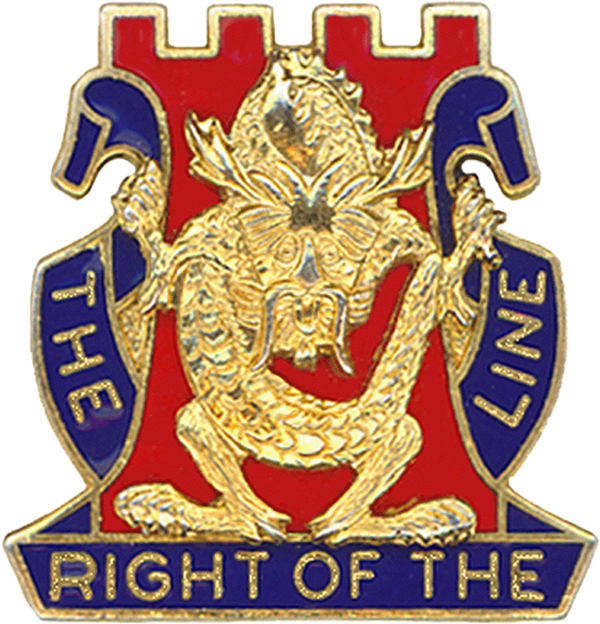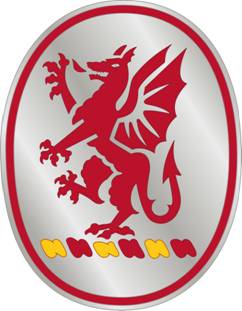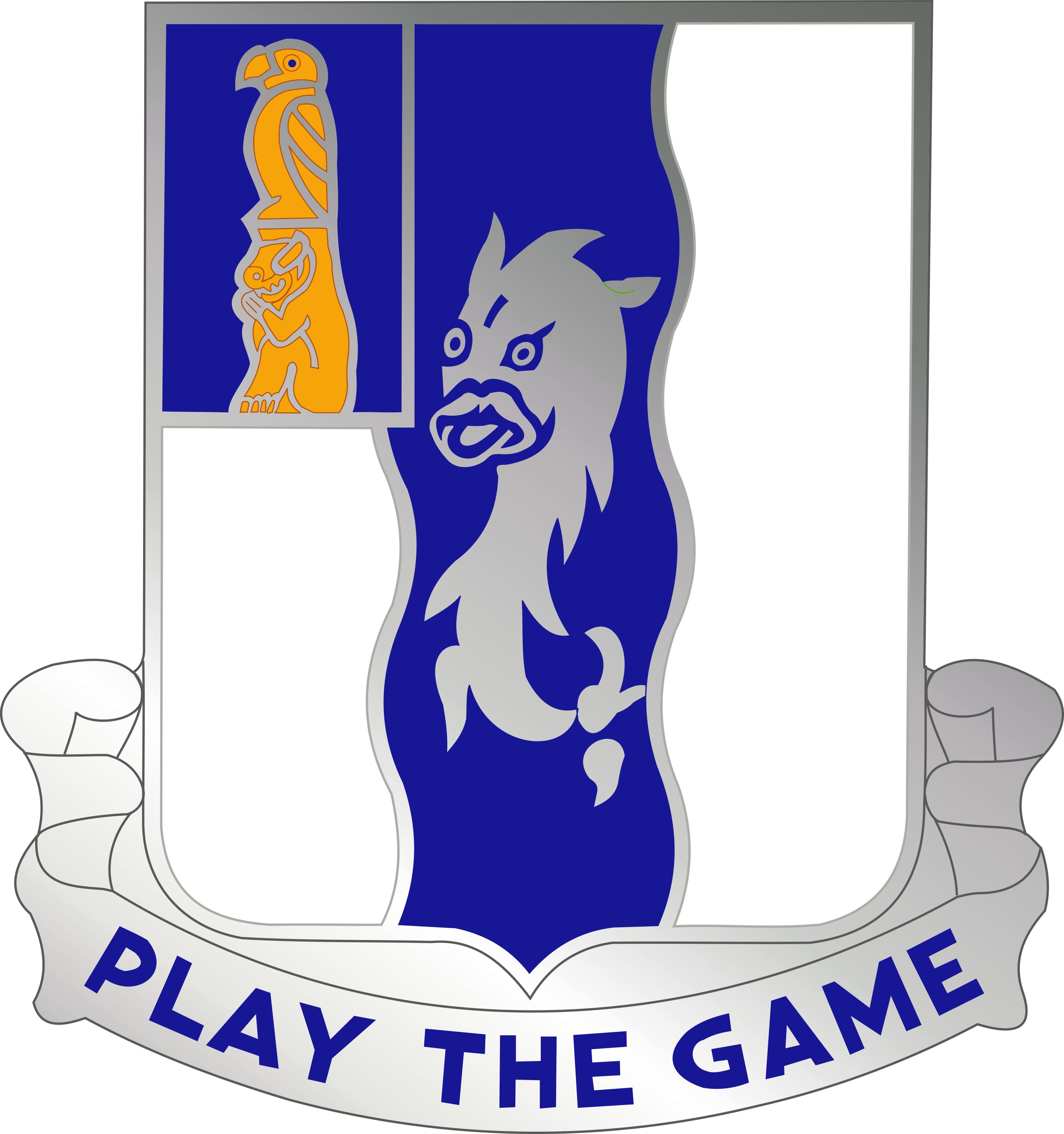|
Landing Zone Two Bits
Landing Zone Two Bits (also known as FSB Two Bits) was a U.S. Army and Army of the Republic of Vietnam (ARVN) base located in the Bồng Sơn region northeast of An Khe, Bình Định Province in central Vietnam. The base was located near the intersection of Highway 1 and Highway 514, approximately 50 km northeast of An Khe. Establishment Two Bits was established in July 1967 as the forward command post of the 1st Cavalry Division and together with Landing Zone English, remained in use by the division until they moved into I Corps in January 1968. The 3rd Brigade, 4th Infantry Division, comprising: * 1st Battalion, 14th Infantry * 1st Battalion, 35th Infantry *2nd Battalion, 35th Infantry The 35th Infantry Regiment ("Cacti") was created on 1 July 1916 at Douglas, Arizona from elements of the 11th, 18th and 22nd Infantry Regiments. The 35th served on the Mexico–US border during the First World War and was stationed at Nogale ... * 1st Battalion, 50th Infant ... [...More Info...] [...Related Items...] OR: [Wikipedia] [Google] [Baidu] |
1st Cavalry Division (United States)
The 1st Cavalry Division ("First Team") is a combined arms division and is one of the most decorated combat divisions of the United States Army. It is based at Fort Hood, Texas. It was formed in 1921 and served during World War II, the Korean War, the Vietnam War, the Persian Gulf War, with the Stabilization Force in Bosnia-Herzegovina, in the Iraq War, in the War in Afghanistan and in Operation Freedom's Sentinel. As of October 2017, the 1st Cavalry Division is subordinate to III Armored Corps and is commanded by Major General John B. Richardson. The unit is unique in that it has served as a horseback cavalry division until 1943, an infantry division, an air assault division and an armored division during its existence. History The history of the 1st Cavalry Division began in 1921 after the army established a permanent cavalry division table of organization and equipment on 4 April 1921. It authorized a square division organization of 7,463 officers and men, organi ... [...More Info...] [...Related Items...] OR: [Wikipedia] [Google] [Baidu] |
14th Infantry Regiment (United States)
The 14th Infantry Regiment ("Golden Dragons" ) is a United States Army light infantry regiment. It has served in the American Civil War, Boxer Rebellion, World War II, Korean War, Vietnam War, Operation Restore Hope, Operation Uphold Democracy, Operation Joint Guard, Operation Desert Storm, Operation Enduring Freedom, Operation Gothic Serpent, Operation New Dawn, Operation Resolute Support, and Operation Iraqi Freedom. The 14th Infantry Regiment did not take part in combat during World War I. It has also conducted peacekeeping and humanitarian missions in the Sinai Peninsula, Guantánamo Bay in Cuba, Bosnia, and Kosovo. Only the 2nd Battalion of the 14th Infantry Regiment is currently active, assigned to 2nd Brigade, 10th Mountain Division at Fort Drum, New York. History Civil War, 1861–66 In May 1861, President Abraham Lincoln called for the creation of nine additional Regular Army infantry regiments in preparation for the looming civil war. These regiments were desig ... [...More Info...] [...Related Items...] OR: [Wikipedia] [Google] [Baidu] |
Installations Of The Army Of The Republic Of Vietnam
Installation may refer to: * Installation (computer programs) Installation (or setup) of a computer program (including device drivers and plugins), is the act of making the program ready for execution. Installation refers to the particular configuration of a software or hardware with a view to making it us ... * Installation, work of installation art * Installation, military base * Installation, into an office, especially a religious ( Installation (Christianity)) or political one {{disambig ... [...More Info...] [...Related Items...] OR: [Wikipedia] [Google] [Baidu] |
Installations Of The United States Army In South Vietnam ) or political one
{{disambig ...
Installation may refer to: * Installation (computer programs) * Installation, work of installation art * Installation, military base * Installation, into an office, especially a religious (Installation (Christianity) Installation is a Christian liturgical act that formally inducts an incumbent into a new role at a particular place such as a cathedral. The term arises from the act of symbolically leading the incumbent to their stall or throne within the cathedra ... [...More Info...] [...Related Items...] OR: [Wikipedia] [Google] [Baidu] |
5th Maintenance Battalion
Fifth is the ordinal form of the number five. Fifth or The Fifth may refer to: * Fifth Amendment to the United States Constitution, as in the expression "pleading the Fifth" * Fifth column, a political term * Fifth disease, a contagious rash that spreads in school-aged children * Fifth force, a proposed force of nature in addition to the four known fundamental forces * Fifth (Stargate), a robotic character in the television series ''Stargate SG-1'' * Fifth (unit), a unit of volume used for distilled beverages in the U.S. * Fifth-generation programming language * The fifth in a series, or four after the first: see ordinal numbers * 1st Battalion, 5th Marines * The Fraction 1/5 * The royal fifth (Spanish and Portuguese), an old royal tax of 20% Music * A musical interval (music); specifically, a ** perfect fifth ** diminished fifth ** augmented fifth * Quintal harmony, in which chords concatenate fifth intervals (rather than the third intervals of tertian harmony) * Fifth (chord ... [...More Info...] [...Related Items...] OR: [Wikipedia] [Google] [Baidu] |
30th Field Artillery Regiment (United States)
The 30th Field Artillery Regiment is a field artillery regiment of the United States Army, first constituted in 1918 in the National Army (USA). History Lineage Constituted 5 July 1918 in the National Army as the 30th Field Artillery and assigned to the 10th Division Organized 10 August 1918 at Camp Funston, Kansas Demobilized 5 February 1919 at Camp Funston, Kansas Reconstituted 24 March 1923 in the Regular Army as the 30th Field Artillery Activated 4 June 1941 at Camp Roberts, California Regiment broken up 18 May 1944 and its elements reorganized and redesignated as follows: Headquarters and Headquarters Battery as Headquarters and Headquarters Battery, 30th Field Artillery Group 1st and 2d Battalions as the 521st and 550th Field Artillery Battalions, respectively After 18 May 1944 the above units underwent changes as follows: Headquarters and Headquarters Battery, 30th Field Artillery Group, inactivated 31 July 1946 in Germany Activated 20 March 1951 at Camp Po ... [...More Info...] [...Related Items...] OR: [Wikipedia] [Google] [Baidu] |
13th Field Artillery Regiment
The 13th Field Artillery Regiment is a field artillery regiment of the United States Army first formed in 1916. History The 13th Field Artillery was constituted 1 July 1916 in the Regular Army at Camp Stewart, Texas. Lineage Constituted 1 July 1916 in the Regular Army the 13th Field Artillery Organized 1 June 1917 at Camp Stewart, Texas Assigned 10 December 1917 to the 4th Division Relieved 4 October 1920 from assignment to the 4th Division Assigned 1 March 1921 to the Hawaiian Division (later redesignated as the 24th Infantry Division) Reorganized and redesignated 1 October 1941 as the 13th Field Artillery Battalion Relieved 31 March 1958 from assignment to the 24th Infantry Division; concurrently reorganized and redesignated as the 13th Artillery, a parent regiment under the Combat Arms Regimental System Vietnam 1965-1975- 2nd 13th Artillery Battalion was organized in 1965 at Fort Sill OK and deployed to Vietnam under the II Field Force 23rd Artillery group. 3rd 13 ... [...More Info...] [...Related Items...] OR: [Wikipedia] [Google] [Baidu] |
50th Infantry Regiment (United States)
The 50th Infantry Regiment is a United States Army infantry regiment. Lineage *Constituted 15 May 1917 in the Regular Army as the 50th Infantry. *Organized 1 June 1917 at Syracuse, New York. *Assigned 31 July 1918 to the 20th Division. *Relieved 28 February 1919 from assignment to the 20th Division. *Inactivated 31 December 1921 in Germany. *Demobilized 31 July 1922. *Reconstituted 8 January 1942 in the Regular Army as the 50th Armored Infantry and assigned to the 6th Armored Division. *Activated 15 February 1942 at Fort Knox, Kentucky. *Regiment broken up 20 September 1943 and its elements reorganized and redesignated as elements of the 6th Armored Division as follows: **50th Armored Infantry (less 1st and 2d Battalions) as the 50th Armored Infantry Battalion **1st Battalion as the 44th Armored Infantry Battalion **2d Battalion as the 9th Armored Infantry Battalion *After 20 September 1943 the above units underwent changes as follows: **50th and 9th Armored Infantry Battalion ... [...More Info...] [...Related Items...] OR: [Wikipedia] [Google] [Baidu] |
35th Infantry Regiment (United States)
The 35th Infantry Regiment ("Cacti") was created on 1 July 1916 at Douglas, Arizona from elements of the 11th, 18th and 22nd Infantry Regiments. The 35th served on the Mexico–US border during the First World War and was stationed at Nogales, Arizona in 1918. It fought a border skirmish on 27 August 1918 during the Battle of Ambos Nogales. In World War II, Korea, and Vietnam it served as part of the 25th Infantry (Tropic Lightning) Division. As of 2012, the only active element of the regiment is the 2d Battalion, which is assigned to the 3d Brigade Combat Team (Infantry), 25th Infantry Division. Heraldry The regiment's coat of arms and its distinctive unit insignia reflect its history. The regiment was originally formed in Arizona from elements of the 11th, 18th, and 22d Infantry Regiments. These organizations are represented on the canton of the crest, in the upper left-hand corner. The white Maltese cross represents the 11th Regiment, the red acorn represents the 18th R ... [...More Info...] [...Related Items...] OR: [Wikipedia] [Google] [Baidu] |
I Corps (South Vietnam)
I Corps () was a corps of the Army of the Republic of Vietnam (ARVN), the army of the nation state of South Vietnam that existed from 1955 to 1975. It was one of four corps of the ARVN. This was the northernmost region of South Vietnam, bordering North Vietnam at the Vietnamese Demilitarized Zone (DMZ). These five provinces are Quảng Trị Province, ( Khe Sanh, Đông Hà, Quảng Trị City), Thừa Thiên-Huế Province, (Phu Bai, Huế City), Quảng Nam Province, ( Đà Nẵng, Hội An), Quảng Tín Province, (Tam Kỳ, Chu Lai) and Quảng Ngãi Province, (Quảng Ngãi). I Corps became operational in November 1957. Among its formations and units were the ARVN 1st Division. The I CTZ, later Military Region 1, was partnered with the U.S. III Marine Expeditionary Force and the XXIV Corps. Lam Son 719 General Hoàng Xuân Lãm was given responsibility for the I Corps Tactical Zone in 1967. He coordinated the South Vietnamese Operation Lam Sơn 719 offensive wh ... [...More Info...] [...Related Items...] OR: [Wikipedia] [Google] [Baidu] |
4th Infantry Division (United States)
The 4th Infantry Division is a Division (military), division of the United States Army based at Fort Carson, Colorado. It is composed of a division headquarters battalion, three brigade combat teams (two Stryker and one armor), a combat aviation brigade, a division sustainment brigade, and a division artillery. The 4th Infantry Division's official nickname, "Ivy", is a play on words of the Roman numeral ''IV'' or 4. Ivy leaves symbolize tenacity and fidelity which is the basis of the division's motto: "Steadfast and Loyal". The second nickname, "Iron Horse", has been adopted to underscore the speed and power of the division and its soldiers. World War I The 4th Division was organized at Camp Greene, North Carolina on 10 December 1917 under the command of Maj. Gen. George H. Cameron. It was here they adopted their distinctive insignia, the four ivy leaves. The ivy leaf came from the Roman numerals for four (IV) and signified their motto "Steadfast and Loyal". The division ... [...More Info...] [...Related Items...] OR: [Wikipedia] [Google] [Baidu] |




